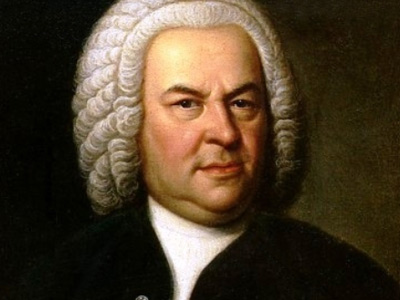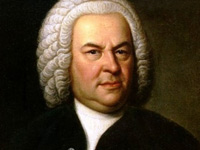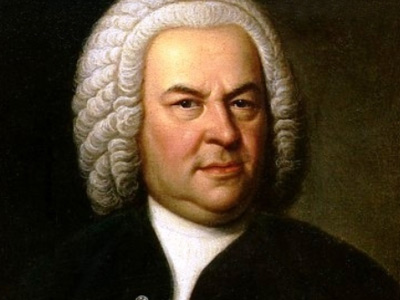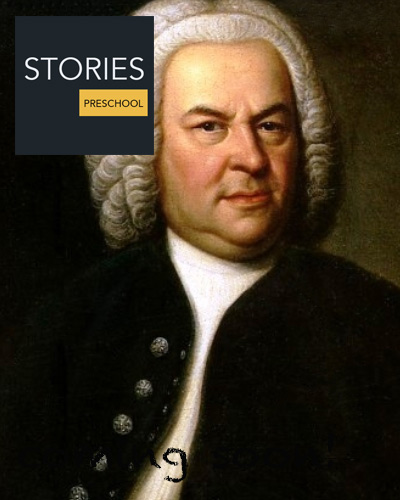Johann Sebastian Bach (1685-1750)

Childhood (1685–1703)
Johann Sebastian Bach was born in Eisenach, the capital of the duchy of Saxe-Eisenach, in present-day Germany, on 21 March 1685 O.S. (31 March 1685 N.S.). He was the son of Johann Ambrosius Bach, the director of the town musicians, and Maria Elisabeth Lämmerhirt. He was the eighth and youngest child of Johann Ambrosius, who likely taught him violin and basic music theory. His uncles were all professional musicians, whose posts included church organists, court chamber musicians, and composers. One uncle, Johann Christoph Bach (1645–1693), introduced him to the organ, and an older second cousin, Johann Ludwig Bach (1677–1731), was a well-known composer and violinist.
Bach's mother died in 1694, and his father died eight months later. The 10-year-old Bach moved in with his eldest brother, Johann Christoph Bach (1671–1721), the organist at St. Michael's Church in Ohrdruf, Saxe-Gotha-Altenburg. There he studied, performed, and copied music, including his own brother's, despite being forbidden to do so because scores were so valuable and private and blank ledger paper of that type was costly. He received valuable teaching from his brother, who instructed him on the clavichord. J.C. Bach exposed him to the works of great composers of the day, including South German composers such as Johann Pachelbel (under whom Johann Christoph had studied) and Johann Jakob Froberger; North German composers; Frenchmen, such as Jean-Baptiste Lully, Louis Marchand, and Marin Marais; and the Italian clavierist Girolamo Frescobaldi. Also during this time, he was taught theology, Latin, Greek, French, and Italian at the local gymnasium.
By 3 April 1700, Bach and his schoolfriend Georg Erdmann—who was two years Bach's elder—were enrolled in the prestigious St. Michael's School in Lüneburg, some two weeks' travel north of Ohrdruf. Their journey was probably undertaken mostly on foot. His two years there were critical in exposing Bach to a wider range of European culture. In addition to singing in the choir, he played the School's three-manual organ and harpsichords. He came into contact with sons of aristocrats from northern Germany, sent to the highly selective school to prepare for careers in other disciplines.
While in Lüneburg, Bach had access to St. John's Church and possibly used the church's famous organ from 1553, since it was played by his organ teacher Georg Böhm. Because of his musical talent, Bach had significant contact with Böhm while a student in Lüneburg, and also took trips to nearby Hamburg where he observed "the great North German organist Johann Adam Reincken". Stauffer reports the discovery in 2005 of the organ tablatures that Bach wrote out when still in his teens of works by Reincken and Dieterich Buxtehude, showing "a disciplined, methodical, well-trained teenager deeply committed to learning his craft".
HISTORY

RESOURCES
This article uses material from the Wikipedia article "Johann Sebastian Bach (1685-1750)", which is released under the Creative Commons Attribution-Share-Alike License 3.0.
© Stories Preschool. All Rights Reserved.









